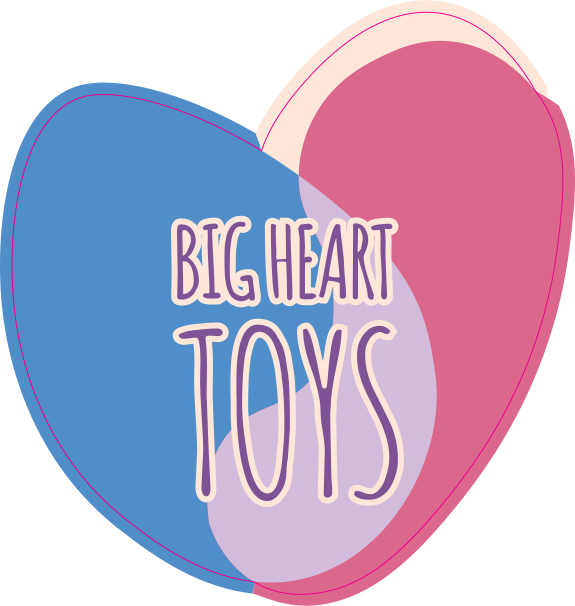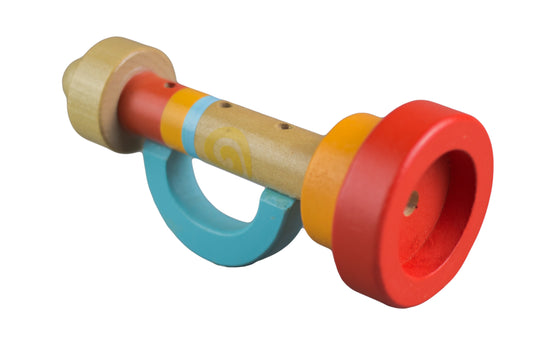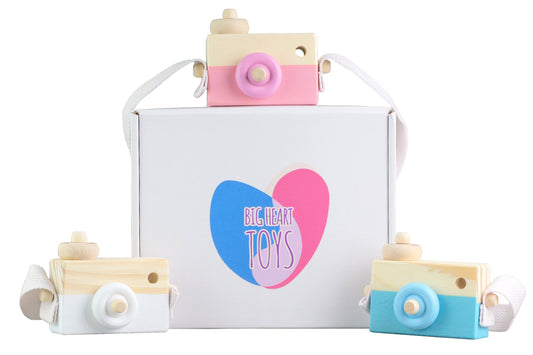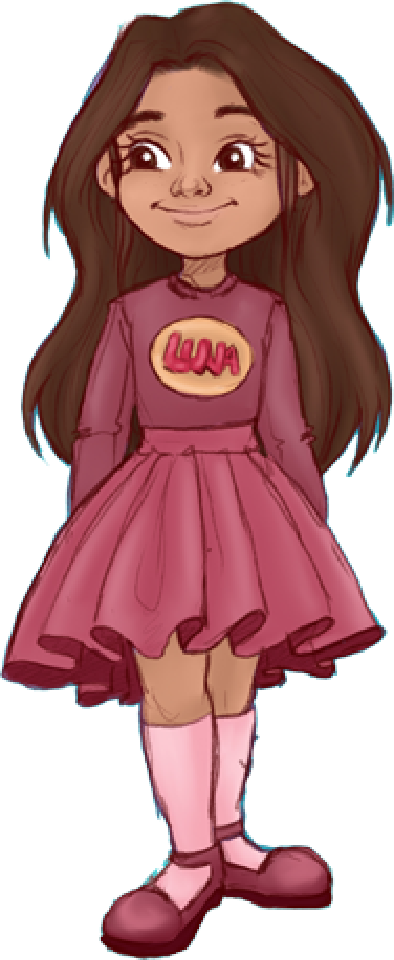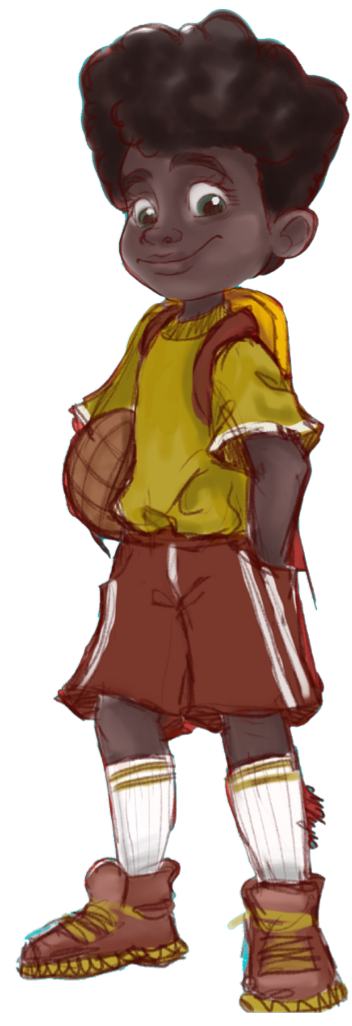Play is a very important part of childhood development because it is how your child learns communication skills, gross motor skills, and more. Through observation of other children and interacting directly with their peers, a child learns to understand the world they live in.
That is a type of magic all on its own.
Children go through emotional development and build social skills differently at each stage in life. Understanding at what ages children will begin to engage in certain kinds of play will help you personalize playtime for them. Today, we’re bringing you a list of 15 different kinds of play that children engage in, from newborns to 12 years old or older — because who really wants to stop playing?
From this list, you can create a personalized structure on how to play with your child. This can also help you develop a plan that teaches your child how to play independently. Our list begins with the six of Mildred Parton’s categories of play and then develops into categories of play that fit into each of Parton’s stages.
1. Unoccupied Play
This play develops between the ages of zero to three months. Your sweet baby is discovering how their body works. Playtime for infants means playful kicks, grabbing at items, and funny faces.
Tickle your baby's foot, and they will react. Kiss their chubby cheeks and watch the reaction. While you enjoy their giggles and smiles, your baby is hard at work learning about new tactile sensations.
2. Solitary Play
Development of solitary play happens from ages zero through two years. Your child is likely not interested in playing with others yet. Rather, they are still in their own world, discovering new things for themselves.
This is when you set up areas of different types of play for your child — you can base it on things your child is interested in. For example, if your child likes to build with blocks and watch them fall, provide them with different kinds of blocks as a way to personalize this play stage.
3. Onlooker Play
When a child turns two, they will eventually start to realize there are others around them and engage with them. They will become more interested in activities that involve observing the way you or another child is playing than joining in themselves at this stage. Your young child is quite entertained by being a spectator.
This is when you can introduce them to group play activities. They have the opportunity to put this kind of play into action by watching a variety of children play. Younger children will watch older peers observe how they use toys and work with social dynamics.
4. Parallel Play
During parallel play, your child is not directly engaging with friends. Instead, they are playing side by side with one another. This stage of play usually begins around the age of two.
Now is a great time to start scheduling playdates! You can also let your child be in proximity to you and others while playing. This helps them move on to the next stages of play — as people, we are social creatures, and our children want to be around others while they play, even if it is not a direct interaction.
5. Associative Play
Associative play happens when your child can play with the same toys or share equipment with another child but has not crossed into the same play yet. This type of play mainly happens at the ages of three to four years old.
Bring out a box of stuffed toys or building blocks, and multiple children can use the same toys, but they are still playing differently. They will show interaction from time to time with you or other friends, but the majority of the play is determined by your child alone rather than relying heavily on social interaction.
6. Cooperative Play
Around four years of age, a child will be interested not only in playing with the same toys and around other children but also in interacting with the other children. At first glance, this might look similar to parallel play, but there are some significant differences.
During the cooperative play stage, children work together to create the game parameters they desire. This is when your child can really learn how to play with others and work on important social development skills.
The rest of the play sections that we introduce are part of the stages of play above that are already categorized by age. We will expand upon them to help create optimized play support for your child.
7. Fine Motor Play
Fine motor is mainly an individual play, and it helps your child develop fine motor skills for future tasks such as writing. This play will focus on the muscles in the hands and wrists, helping your child learn to control them.
Toys like playdough, sorting games that involve small items, and finger painting are all examples of fine motor play. Using this kind of play can also help your child reach important developmental milestones and build essential physical skills.
8. Dramatic Role Play or Fantasy Play
Dress-up time! This form of pretend play helps your child figure out the world around them. It also allows them to play out fantasy situations with their imagination, which supports cognitive development. They can create stories and be whatever they choose — who doesn’t love that?
Play kitchen sets, puppets, dolls, costumes, and even toy versions of everyday items help with dramatic play. Your child can be a parent, a cook, a builder, or another real-life occupation. Though children have fantastic imaginations, child-safe toys like a Build-Your-Own-Toy Toolbox can help bring the game to life.
Conversely, pretending to be fairy princesses, dragons, goblins, and superheroes also feeds into the fantasy play. This creates a space where there are no limits to what is possible.
9. Physical Play
Time for your child to use their body. Dancing and jumping are wonderful examples of this kind of play — set up an obstacle course, make a fort together, or go on a scavenger hunt with long walks.
Moving the body not only helps wear a child out for a good nap or bedtime but also helps your child develop balance and muscle coordination. Outside play is where a lot of physical play is put into action.
10. Outdoor Play
Outdoor play goes hand in hand with physical play, as it is hard to be outside and not move your body. This is where children have the space to get a bit messy! Additionally, the exploration of natural items will encourage the growing scientist in them.
Jump ropes, blow-up pools, chalk, gardens, and even sticks can encourage time in the sun, the development of muscles, the use of imagination, and curiosity about what creatures are in the world around us.
11. Competitive Play
When a child is playing cooperatively, it is natural that they want to play in a productive and competitive manner. You may notice this when they race to see who is the fastest, see who can sing loudest, and test how high their jumps are.
Competitive play also includes board games where children have a winner and a loser. This form of play shows your child’s abilities and how they match up to those around them.
You may need to remind your child during this kind of play that we are all different and have our own skills. Win or lose, remind your child to just have fun and play.
12. Constructive Play
Jean Piaget, a child development psychologist, formalized this term in play as children engaging in play to reach a particular goal. Play is believed to be a way for children to build up an understanding of the world, and constructive play, specifically, is when children create and build.
Tool kits, blocks, train sets, and racing sets are great examples of constructive play. If it requires construction and there is a finished outcome, your child is practicing constructive play. Crafts and craft sets can also be categorized into this form of play, although they may also appear in the creative play category.
13. Creative Play
Let your child’s imagination run wild. Creative play is when they can use art as a form of play and expression. Personalize this play with items that will encourage your child to create.
Does your child like messes? Let them get messy with finger paints or give them bath time finger paints and keep the mess contained.
Does your child like to focus and enjoy details? Intricate coloring pages could be best for them.
Is your child interested in anything that shines? Time to break out the gel pens, sticker gems, and glitter glue. These creative items just might be the way to go.
14. Sensory Play
Sensory play explores parts of our five senses, especially sight, touch, and sound. Water tables, sand tables, and sensory boxes all fall into this category of play. If you create your own sensory box, you can add the personalized items that your child enjoys the most.
Sensory play can help calm a child down if they are feeling overwhelmed. Even seemingly simple toys, such as pop toys, are considered sensory. These toys take energy and require your child to focus on repetitive, hands-on actions.
15. Unstructured Play
Unstructured play is pivotal for a child — they get to decide the parameters of the play and what it includes. Unstructured play is often inspired after a bout of boredom.
Sometimes, we have to let children be bored and watch creative play be born from it. They are problem-solving and entertaining themselves with only the objects around them. It is a wonderful way to develop their mind and body.
This form of play is when you can step away briefly, and the only structure it might have is a set amount of time. Let your child have some unstructured playtime each week.
The Bottom Line
As a parent, you know your child — their likes, dislikes, and needs — better than anyone. After carefully considering the 15 types of play, you can help create games and activities that help your child learn and grow.
Continue to love with a big heart, cherish, and play with your little one!
Sources:
The power of play – Part 1: Stages of play - Early Childhood Development | MSU
What Is Cooperative Play? Definition, Examples, and Benefits | Healthline
Jean Piaget's Theory and Stages of Cognitive Development | Simply Psychology
Fine Motor Skills for Toddlers and Preschoolers | Verywell Family
